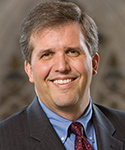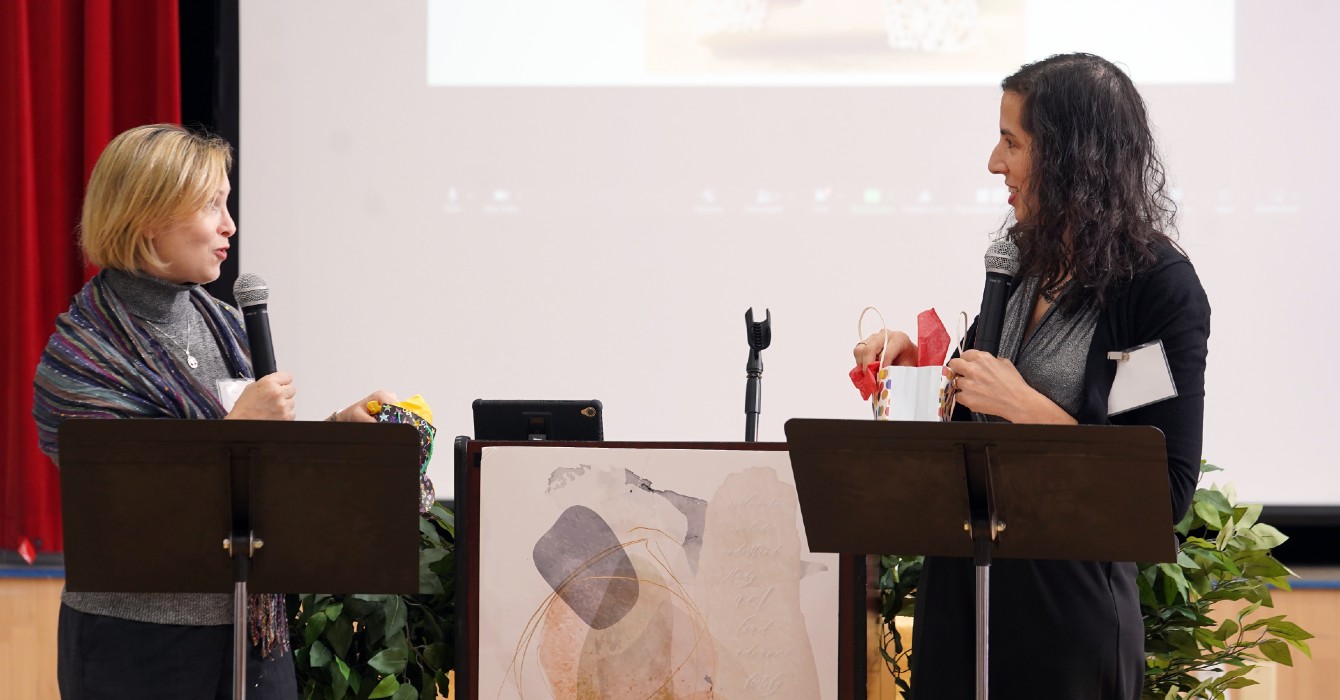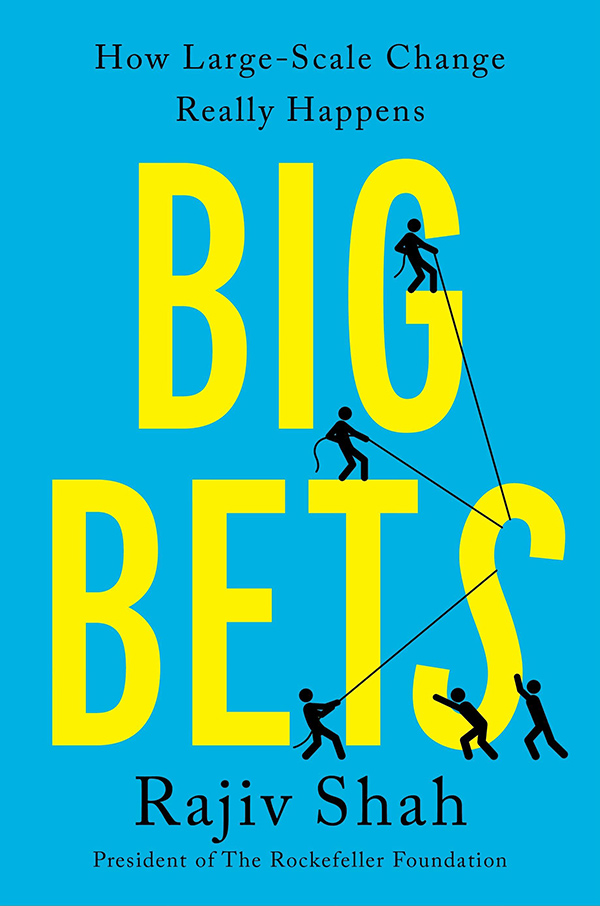Editor's note: This is the final installment in a series of articles in which three United Methodist Church leaders explore disruptive innovation and what it means for the future of mainline Protestantism. We have compiled a list of resources to assist you with communicating in the digital age.
In the late 1990s and early 2000s, when the United Methodist Church launched its first major media campaign (“Open hearts, open minds, open doors”), one leader wryly noted that the denomination was making a bold leap -- into the 1960s.
From radio in the 1920s to television in the 1950s and ’60s to social media today, United Methodists and other mainline Protestant denominations have always tended to lag behind in new forms of communication.
Mainliners can offer many reasons why they’ve been late adopters. By their very nature, churches thrive on embodied, personal relationships and face-to-face interactions. Preaching is itself one of the oldest forms of oral communication. Broad-based mass communication efforts can be expensive, requiring resources that many believe could be better spent on more tangible ministries.
And to many in the church, modern communication efforts have seemed unnecessary. For decades, mainline Protestants successfully traded on the free publicity of being, well, the mainline.
But the digital revolution is different. The expanded communication efforts that many mainline denominations and congregations made a decade ago -- even a year ago -- are dated. In virtually every sector of society, from business to government, education to religion, institutions are grappling to stay ahead of one of the most disruptive trends in history.
Even mainline Protestants are becoming aware that when it comes to the digital revolution, resistance or incremental changes are insufficient.
Indeed, we believe that the church could and should be leading the way, offering wisdom about how to navigate the digital revolution. Rather than lagging behind or perennially sounding like “digital dinosaurs” offering only critique or caution, the church ought to be providing insight about rhythms of work, rest and play that help people embrace technology faithfully.
Clearly, the digital revolution is radically changing how people connect and communicate. Old models clash with new ones in powerfully symbolic ways. More than one university president has attempted to respond to student protestors by reading a prepared statement for the evening news or morning paper, only to discover that his or her words are being live-streamed over the Internet by students.
Likewise, a leader’s inappropriate or ill-advised comment, which once might have been heard by only a few people, now might get tweeted and re-tweeted until it becomes a major and perhaps damaging news story. Social movements such as the Arab Spring increasingly depend on basic yet sophisticated means of communication that oppressive power structures are unable to suppress.
Yet many in the church still presume that people connect only, or at least primarily, through face-to-face interactions and that organizational communications happen only through centralized public relations efforts. Today, however, everyone is a journalist.
Our new default mindsets must recognize the decentralizing and democratizing effects of the digital revolution. This changing paradigm of control is reshaping what it means to be an effective leader of an organization.
This is especially important for pastors and judicatory officials. How can mainline Protestants lean into our strengths -- our commitment to connectivity and communications -- and adapt to the changing dynamics of the digital revolution? Can we turn these dynamics into instruments to serve the gospel and encourage the flourishing of human life? How can we embrace these new technologies faithfully?
Protestants should embrace even the loss of control that has perplexed so many corporate cultures. Protestants are committed to decentralized decision making, rooted in our convictions about “the priesthood of all believers” and the high calling of daily life. In order to achieve this, we will need to align our organizations with those convictions, creating flatter organizational structures that nurture more “liquid” horizontal networks and relationships.
The digital revolution also has profound implications for how we preach, worship, form Christians and organize congregations. It is in this area, perhaps more than any other, where Christians -- more specifically, the church -- can lead the way.
We are uniquely positioned to show the world not only how to embrace the digital revolution but how to do so in faithful ways. Despite our history of foot-dragging in this area, we should begin from a perspective of embrace, recognizing that these new technologies often enable deeper possibilities of community and sustenance of relationship.
For example, with the Internet, we are able to stay more closely connected through websites and apps that allow us to be in touch with friends around the world recovering from surgery or struggling with illness. We can share daily devotions that people can access from anywhere, as illumined by the well-developed site “Pray As You Go” from Jesuit Media Initiatives.
When Ken was pastor of Providence United Methodist Church in Charlotte, the staff created a Twitter-based “Psalms in the Summer” initiative that kept vacationing members connected to the church during the summer, when attendance normally dropped. Combining daily tweets, psalm-focused worship services and guest speakers at the church, the program was aimed at providing rich spiritual resources for members wherever they might be.
It was a classic example of an innovation rooted in disruption. The congregation’s growing mobility had disrupted the traditional way Providence UMC had long done church in the summer. But technology allowed the church to create a movement of the Spirit that enhanced people’s spiritual formation.
As Ken’s Psalms initiative illustrates, digital communications can be used in tandem with face-to-face experiences. Hybrid approaches to education enable people to learn at different paces and draw on multiple forms of intelligence. Imagine the opportunities for us to nurture and deepen integrative approaches to faith through visual and audio content that people can access on the Web at their own convenience and then discuss in face-to-face gatherings. Recent research shows that hybrid approaches enable better learning than either online or face-to-face learning alone.
Yet even with all that digital technology offers, we also know that it can become an excuse to diminish and evade the complexities of local contexts and face-to-face relationships. That is why we need to embrace the digital revolution faithfully.
We need to be engaged in critical discernment to assess new forms of communication, constantly asking how they enhance our capacities for relationships and sharing the gospel and how they distort or undermine them. When we rely on the anonymity of online comments, for example, to talk coarsely and launch verbal attacks for which there is no accountability, we develop habits that make it difficult for us to sustain relationships and communities day to day.
The digital revolution holds promise and peril both for how we communicate and access information and for how we live our lives. It is changing the patterns of neighborhoods and cities, the dynamics of work and home. How can the mainline expect to have a future if it is not active and leading in this arena?
It will likely take at least a half-century, and maybe longer, for us to absorb fully the disruptive effects of the digital revolution. After all, it took at least a century to adapt to the changes wrought by the Gutenberg revolution a half-millennium ago.
The denominations and churches most likely to survive, much less thrive, in the 21st century will be those that adapt to the digital revolution in faithful and creative ways, charting a course for human flourishing and truthful friendship with God.
Could mainline Protestantism lead the way? That may not be as far-fetched as you think.



















